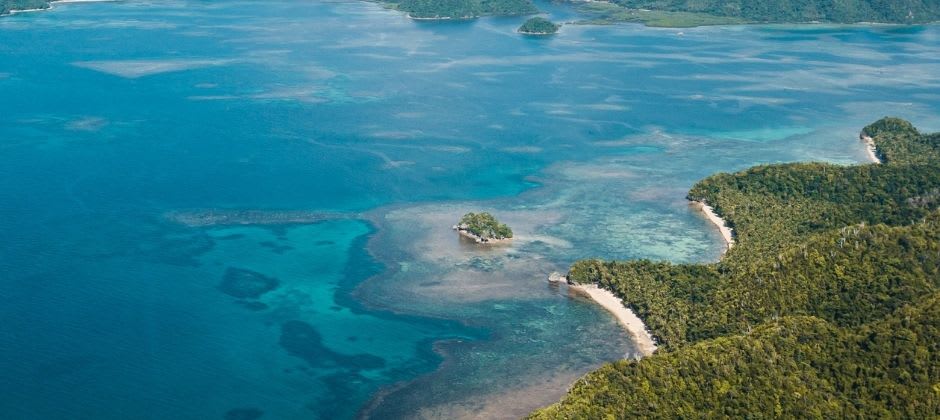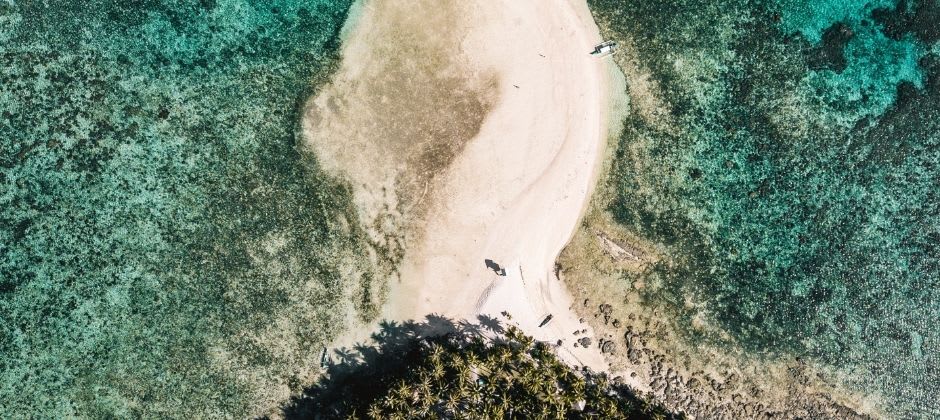Study in the Philippines: A Guide for International Students
Laid out over an archipelago in South-East Asia, the Philippines is a nation where urban and natural surroundings meet the ocean. The Philippines is also a nation that’s a hive of activity. Although it might seem as though the Philippines has a fairly large area, its actual land area is pretty small, making it a densely populated country - and one that is ripe for exploration by travelers and international students alike.
- Study Abroad in Asia

Laid out over an archipelago in South-East Asia, the Philippines is a nation where urban and natural surroundings meet the ocean. The Philippines is also a nation that’s a hive of activity. Although it might seem as though the Philippines has a fairly large area, its actual land area is pretty small, making it a densely populated country - and one that is ripe for exploration by travelers and international students alike.
The Philippines briefly became independent in 1898, before being handed over to the United States. It then gained its independence from the US in 1946. This modern past has given the Philippines its unique identity. Filipino culture is a wonderful mix of Spanish and American cultural traditions and influences that have merged with more local flavors.
As enticing as its culture is, it’s the Philippines’ natural beauty that draws in visitors from all across the world. The islands are home to crystal blue lagoons, rainforests, secluded swimming holes and coastal mountain springs.
The Philippines - Quick Facts & Figures
| Capital | Manila |
| Language | Filipino, English, Spanish (many regional languages) |
| Population | 106 million |
| Area Size | 300,000 km² |
| International students | 26,000 |
| Academic Year | June - March |
| Currency | Philippine Peso (PHP) |
| Calling Code | +63 |
| Time zone | GMT+8 |

In fact, it's the country’s beaches, which are widely regarded as being in the same league as those in Australia or California, that make many people want to visit. Mile after mile of white or golden sand awaits you.
In short, whatever you look for in a study abroad destination - culture, nature, urban, rural - the Philippines is certain to have something for you.
Education in the Philippines
Want to learn about how the higher education system works in the Philippines? The Philippines is an evermore popular destination for a variety of students, given its good programs, reasonable fees and its culture and hospitality. Take a minute to find out more about the structure of the education system in the Philippines!
Student Visas
Do you need a visa to enter the Philippines to study? Learn more about the student visa process, and what you need to enter the country, depending on your citizenship. Don't worry! The Philippines keeps it simple enough.
Housing & Living Costs
No matter where you study abroad, it’s important to create a budget in advance so that you’re prepared. Therefore, we’ve detailed average living and housing costs so that you can get a better idea of what you would be paying as a student in the Philippines.
Tuition Fees & Scholarships
Tuition fees for degree programs in the Philippines can vary. Both international and domestic students are expected to pay tuition fees in the Philippines, but these fees can vary a lot. We've put together information on how this works, and on scholarships, in this section.
Language & Culture
The Philippines is a country rich in history and culture. Find out more about what the country offers in terms of language, culture, and more! We also talk about how to stay safe in the Philippines in this section.
Application Process
Learn more about how to apply to schools using the Philippines' more ad hoc approach to higher education applications.
Programs
Ready to look at education in the Philippines? Use our search engine to find and compare top programs in the Philippines today!

Keystone Team
Author
The Keystone Team is comprised of experienced educators and advisors dedicated to providing valuable resources and advice to students all over the world.
Read related articles

Where to Study in the Russian Language (Outside of Russia)

Top 10 Places in Asia to Study Abroad - 2024
